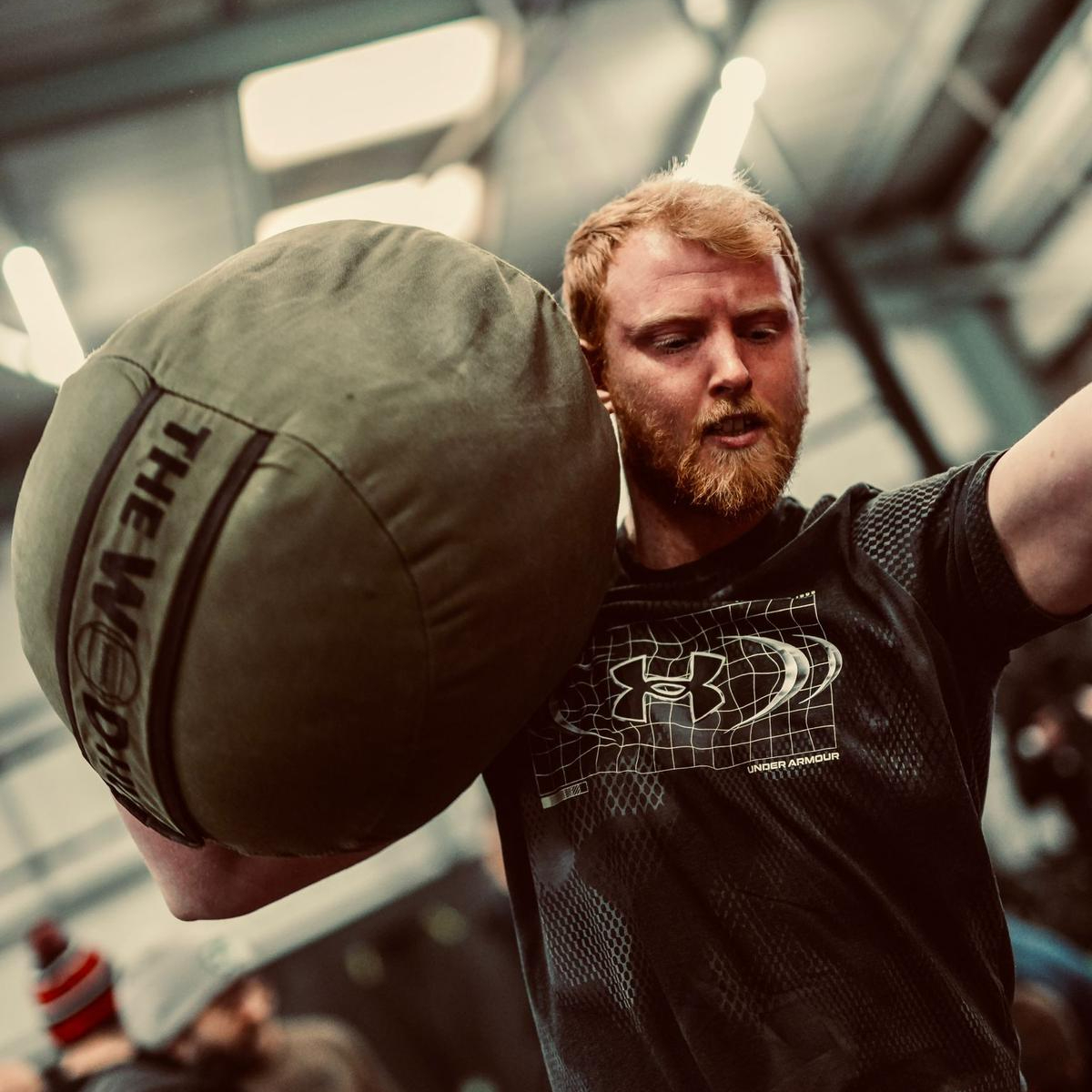I tried “Strava sniping” and I ended up trying to topple Usain Bolt’s world record
Petty? Yes. Fun? Also yes. But the novelty soon wears off

“Strava sniping” isn’t a new concept, but I only discovered it recently. It involves setting out on a run with the sole aim of toppling PBs shared on the popular fitness app by other exercisers in your area.
This is a level of competitiveness (read: pettiness) I can get behind, so I fired up the app and scoped out some nearby segment records. Local legends, I’m coming for you!
What is Strava?
For the uninitiated, Strava is one of the best fitness apps, allowing users to plan and track routes, then share their metrics with followers.
Segments are allocated portions of roads, routes or trails, and when the app spots you’ve completed one it will add your time into a community-wide leaderboard (unless you block it from doing so in your privacy settings). The Local Legend achievement is awarded to the Strava member who has completed a given segment the most times in the previous 90 days.
My experience of Strava sniping
I’m by no means a strong runner, but I still had my sights set on some segment records. Most people don’t set out to target segments, but instead stumble upon them during longer runs, and perhaps complete the same route again with an eye to becoming the fastest person on that segment. A little like capturing a gym in Pokemon Go, your name and icon remains on that leaderboard until someone knocks you off. I figured if I could focus all my efforts on these shorter portions I might stand a chance of topping a leaderboard or two.
I only had 30 minutes for Strava sniping during my lunch break, so I whittled down my segment search to those spanning 600m or less and spotted a few possible options near me; “Hill Sprints”, “Home Straight” and the intriguingly named “Fish Dash”
I warmed up with a light jog to the start line of Fish Dash; a fairly flat 210m stretch on a cycle path. Strava flashed a banner across my phone screen to let me know I was approaching the segment, so I stopped for a second to compose myself before taking off at full speed.
Sign up for breaking news, reviews, opinion, top tech deals, and more.
I haven’t run a distance this short for a while – I’m currently trying to shave time off my 5K PB, so most of my runs are either long and slow or faster intervals of 400m-plus. It reminded me how much I liked sprinting, and the inexplicable euphoria that comes with it.

I came to a halt once I was sure I’d finished the Fish Dash segment, bending over double with my hands on my knees. Panting, I slowly raised my gaze to find myself facing a huge statue of a fish – that explains the name.
Strava let me know I’d managed a fairly respectable time of 35 seconds. Unfortunately, this wasn’t enough to get me into the top 10 runners who had completed the segment (31 seconds was the cut-off here), and it was nowhere near the top score of 13 seconds.
Usain Bolt currently holds the 200m world record at 19.19 seconds, and I couldn’t help feeling it was highly unlikely this had been toppled by a full seven seconds on a stretch of concrete behind a supermarket in Bristol, England. Perhaps the record holder had, accidentally or otherwise, recorded a bike ride as a run?
Plausibility seemed to be less of a problem with longer segments I could see on my map, so I went for the 550m “Home Straight” next. The times to beat were 1min 26sec for the win and 1min 36sec for the top 10.
Buoyed by the prospect of carving my name into a niche corner of Strava history, I set out hot. Too hot, as it turned out. Strava informed me that I’d managed to complete the first 400m in 1min 10sec, but my pace dropped off after this and I ended up crawling across the finish line in 1min 44sec – good enough for joint-59th on the segment leaderboard. After that, my lunch break was up and it was time to go home, devoid of podium finishes.
My takeaways from Strava sniping
My dalliance with Strava sniping was a lot of fun, however unsuccessful it may have been. But I won’t be going back to this unorthodox pastime in a hurry.
I’m an incredibly competitive person, and the race-like environment motivated me to up my effort levels in pursuit of faster times. Brands like Ergatta and Peloton are working to gamify workouts using race formats and fitness tech like rowing machines, to great success – Peloton is now a streaming and data business as much as a hardware one. Strava sniping offers a budget alternative of sorts, providing a way to get those gamified fitness kicks without shelling out on large connected exercise equipment.
It also represents a departure from the regular “run x distance in x amount of time” approach to running. This was a plus for me, as I find the excitement of trying something new can fend off the temptation to abandon scheduled exercise in favor of a cozy couch.
But Strava sniping definitely has its drawbacks. TechRadar's Fitness, Wellness and Wearables Editor joined Strava and regretted it because it turned every run into a race, and Strava sniping only adds to this effect. When you’re constantly comparing yourself to others (in my case, much faster) runners, it can dampen your spirits while distracting from the fact you’re improving on your own prior times – the metrics that matter most for personal progress.
Strava sniping can also disrupt your best-made running plans, if you let it. Runs referred to as ‘base runs’, which cover moderate distances at a natural pace, help up your weekly mileage and improve your aerobic capacity – how well you can take in and use oxygen to fuel your body. You can see the results by using the VO2 max metric on your smartwatch. I personally enjoy slow runs too, often pairing them with a podcast for a chilled weekend workout.
But I found the niggling knowledge that others could see my results on each segment provided extra pressure to push the pace. If I’m completing a base run as part of a wider running plan, randomly stepping on the gas is likely to make me miss the stimulus of my session, and miss out on many of the intended benefits as a result.
That’s why, most of the time, I’m happy to leave my phone in my pocket during runs. Everything I need to know is displayed on the screen of the best fitness trackers. And any segments I do cover will be completely coincidental from here on in.
You might also like...

Harry is a huge fan of picking things up, putting them down again and writing about it, which uniquely qualifies him for the position of fitness and wearables writer with TechRadar.
He’s an NCTJ-qualified journalist with a degree in English and journalism and several years’ experience covering the health and fitness beat. This has involved writing for the likes of Men’s Health, Women’s Health, Runner’s World, Fit&Well, Live Science and Coach.
Harry is passionate about all things exercise-related, having spent more than a decade experimenting with a wide range of training styles. He's used strength training, bodybuilding, Pilates, powerlifting, gymnastics, rowing, yoga, running, calisthenics, CrossFit and more to build a fit, functional body (and have fun while doing it).
When he’s not writing or training, he can usually be found racing his dog Archie up scenic hills in the south west of England or working to complete his NASM-certified personal trainer qualification.